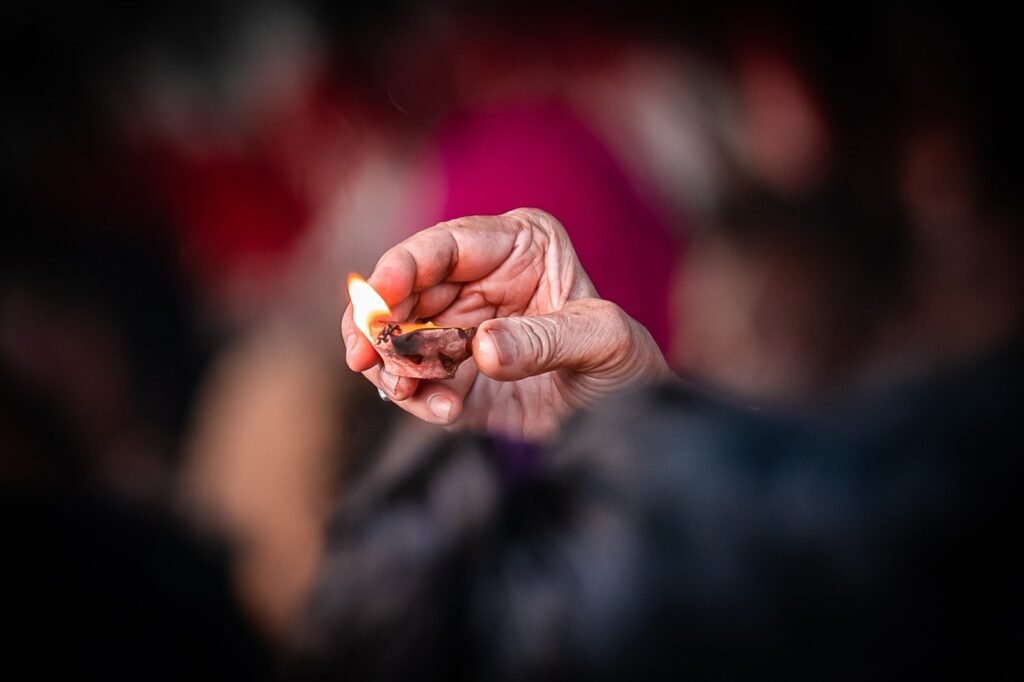How Cosmic Time Shapes Rituals in the Jagannath Tradition
The Jagannath Temple of Puri is not only the spiritual heart of Odisha but also a center of astronomical and astrological traditions. Here, rituals are performed not merely as religious duties but as cosmic harmonies, aligning earthly practices with the movements of celestial bodies. Central to this relationship is the Panji—the Odia almanac—which dictates temple activities, pujas, festivals, and even the daily routine of the deities.
In Puri, faith is not separate from astrology—it is woven into the very fabric of the Jagannath tradition.
The Significance of the Panji
The Panji (Odia Almanac) is the lifeline of all rituals in Puri Jagannath Temple. Prepared annually by temple astrologers known as Panji Karanas, it is regarded as sacred scripture, consulted not just by the servitors of the temple but also by households across Odisha.
Features of the Panji:
- Records tithis (lunar days), nakshatras (stars), planetary movements, eclipses, and auspicious timings.
- Dictates the dates of important festivals like Rath Yatra, Snana Purnima, Nabakalebara, Dol Yatra, Chandan Yatra, etc.
- Provides guidelines for marriages, naming ceremonies, sacred thread rituals, and other life events.
- Functions as a cosmic timetable for both temple rituals and the lives of devotees.
Thus, the Panji is not just an almanac—it is a bridge between divine will and human life.
Astrology and the Jagannath Temple
The temple rituals, architecture, and traditions are deeply tied to astronomy and astrology:
- Solar and Lunar Influence
- The Rath Yatra always begins on the Dwitiya Tithi of Shukla Paksha in Ashadha (June–July), a date determined astrologically.
- The Snana Purnima (Bathing Festival) aligns with the lunar calendar, marking the full moon in Jyestha month.
- Eclipses hold immense significance: during solar or lunar eclipses, the temple doors remain closed, symbolizing the cosmic balance.
- Temple Orientation
- The main Jagannath Temple is built in alignment with cardinal directions, ensuring the sanctum receives the first rays of the morning sun—an astrological and architectural marvel.
- Astrological Transits and Rituals
- Planetary positions influence the timing of Nabakalebara, when the wooden idols are replaced. This ritual occurs only in years with an extra month (Adhika Ashadha), an astrological rarity.
Astrology, Panji, and the Life of Devotees – Click Here
Puja Traditions as per the Panji
Every ritual in Puri Jagannath Temple—from the simplest offering to the grandest festival—is guided by the Panji and astrological calculations.
1. Daily Pujas
- Mangala Arati: Conducted before sunrise, aligning with the Brahma Muhurta.
- Sakala Dhupa (Morning Bhog), Madhyahna Dhupa (Noon Meal), and Sandhya Dhupa (Evening Offering) all follow auspicious time slots.
- Badasinghara Besha (night attire of the Lord) concludes the daily cycle before midnight.
2. Annual Festivals
- Rath Yatra: Astrologically fixed to Ashadha Shukla Dwitiya.
- Chandan Yatra: Begins on Akshaya Tritiya, an astrologically auspicious day to start new ventures.
- Snana Purnima: Coincides with the full moon, when planetary positions favor purification.
- Kartika Month Rituals: Observed as per lunar cycles, believed to bring immense merit.
3. Special Pujas for Devotees
At the Jagannath Temple, pujas are conducted for specific purposes, guided by astrology:
- Navagraha Puja: To appease planetary doshas.
- Graha Shanti Homa: Conducted during adverse planetary transits.
- Santan Gopal Puja: For couples seeking children.
- Lakshmi Narayana Homa: For prosperity and removal of obstacles.
- Mrityunjaya Homa: For health, long life, and overcoming life-threatening challenges.
All of these rituals are scheduled and performed as per the tithis and planetary positions recorded in the Panji.
Traditions and Astrology at Lord Jagannath’s Service
- Astrological Role in Rath Yatra
- Before the chariots move, astrologers and servitors consult the Panji to fix the exact muhurta for the Lord’s journey.
- Even the construction of chariots begins on Akshaya Tritiya, ensuring the work is blessed by cosmic alignment.
- Eclipses and Temple Protocols
- During solar or lunar eclipses, the deities are believed to withdraw cosmic energy.
- The temple remains closed, and rituals of purification are performed after the eclipse ends.
- Panji and Nabakalebara
- The year of Nabakalebara (renewal of idols) is astrologically determined—occurring only when Adhika Ashadha (extra lunar month) falls in the Hindu calendar.
- Astrological Advice for Devotees
- Many pilgrims consult temple astrologers before undertaking vows, marriages, or important ventures.
- The Jagannath Panji is seen as a cosmic guide to align personal lives with divine rhythms.
📜 Historical Significance of the Panji
The tradition of maintaining the Panji dates back to the Ganga dynasty (12th century), when King Anantavarman Chodaganga established the Jagannath Temple. Since then, astrologers associated with the temple—known as Panji Karanas—have preserved this legacy.
Historically, the Panji was not only a spiritual guide but also a record of Odisha’s history, festivals, and cultural practices. Families preserved the Panji for generations, treating it as a sacred heirloom.
Why Astrology Matters in Puri’s Jagannath Tradition
- Spiritual Harmony: Aligns rituals with cosmic cycles.
- Cultural Continuity: Preserves Odia traditions across centuries.
- Divine Guidance: Believed to carry the will of Lord Jagannath for devotees.
- Practical Relevance: Guides everyday life events like marriages, housewarming, and naming ceremonies.
The Jagannath Temple of Puri is more than a place of worship—it is a cosmic theatre where astrology, ritual, and faith converge. The Panji stands as the eternal guide, dictating the rhythm of temple life and the lives of millions of devotees. From determining auspicious days for pujas to guiding grand festivals like Rath Yatra and Nabakalebara, astrology remains at the very heart of Jagannath culture.
For devotees, following the Panji is not just tradition—it is aligning their lives with the eternal will of Lord Jagannath, where the stars, the moon, and the sun all bow to the Lord of the Universe.


